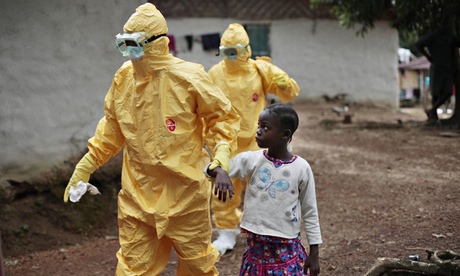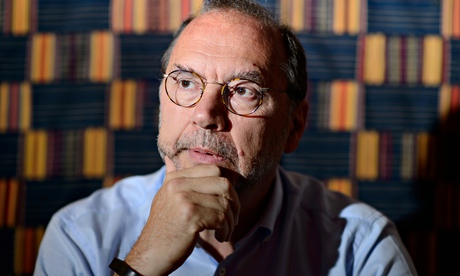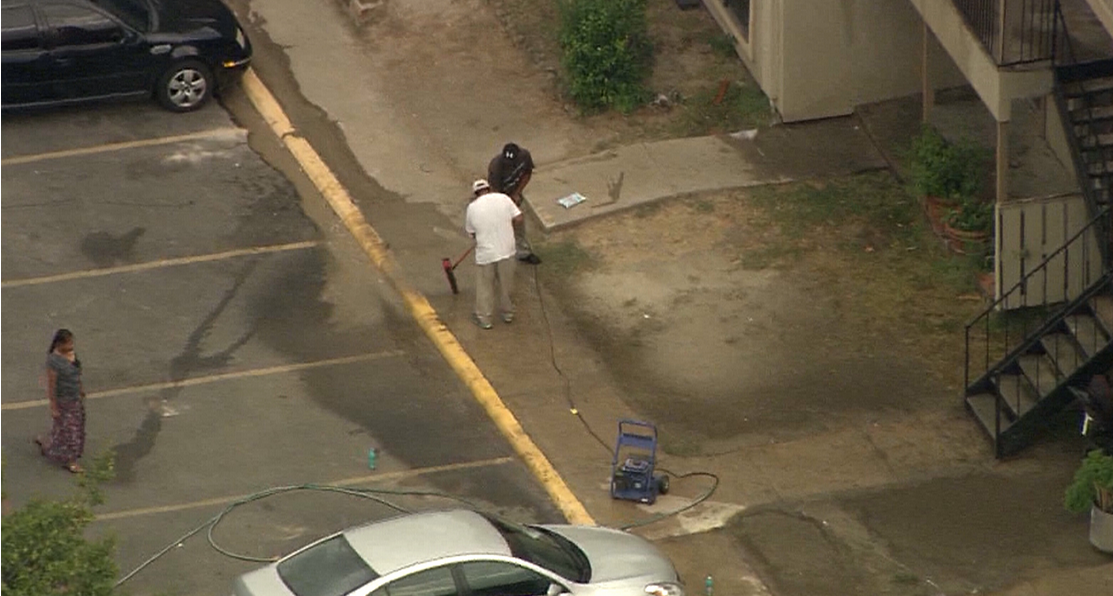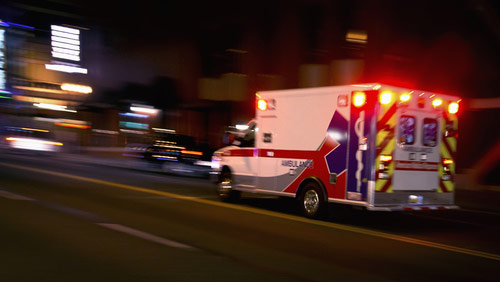Wednesday, October 08, 2014
rule of law: reexamining residency requirements for overseers
By
CNu
at
October 08, 2014
0
comments
![]()
Labels: American Original , just-us , Rule of Law
perverse u.s. drug policies promote the justus growth industry
- The U.S. has more deaths from drug overdoses than from car accidents.
- Most are due to prescription narcotics, not street drugs.
- Heroin deaths have also doubled in the past two years because patients first hooked on prescription narcotics often have to switch to cheaper street drugs.
- States that have legalized medical marijuana have many fewer prescription narcotic overdoses than those that haven't.
- Prescription narcotics are gateway drugs creating a new demographic of drug addiction -- older, whiter, suburban, and more female.
- The Sackler family is famous and widely admired for its museum philanthropy; but is also infamous and deserves to be widely despised for its irresponsible drug pushing. Their drug company has been fined more than600 million for its criminal marketing of narcotics. Its pills cause more overdoses than any drug cartel.
- Careless, sometimes criminal, MDs serve the same role for drug companies as corner pushers serve for drug cartels. Just one doctor in California was responsible for 400 emergency room visits.
By
CNu
at
October 08, 2014
0
comments
![]()
Labels: just-us , Rule of Law , What IT DO Shawty...
Tuesday, October 07, 2014
charles ellison again: why the military and not medicine to ebola stricken africa?
By
CNu
at
October 07, 2014
5
comments
![]()
Labels: cull-tech , Living Memory , not a good look , Race and Ethnicity , The Hardline
charles ellison putting in yoeman's work..., ebola-race-class
I
By
CNu
at
October 07, 2014
0
comments
![]()
Labels: cull-tech , Race and Ethnicity , The Hardline
hello, we're from the west and we're here to help you....,
By
CNu
at
October 07, 2014
13
comments
![]()
Labels: cultural darwinism , History's Mysteries , horror , Living Memory , What IT DO Shawty...
in 1976 I discovered Ebola - now I fear an unimaginable tragedy
By
CNu
at
October 07, 2014
0
comments
![]()
Labels: cull-tech , cultural darwinism , Living Memory , scientific mystery
vice news: the fight against ebola
As President Barack Obama announced that he would be sending American military personnel to West Africa to help combat the epidemic, VICE News traveled to the Liberian capital of Monrovia to spend time with those on the front lines of the outbreak.
In Part 1, we meet confused and distressed people trying to receive treatment in the increasingly chaotic city, and speak to an ambulance driver doing his best to aid the sick.
Watch Part 2:
By
CNu
at
October 07, 2014
0
comments
![]()
Labels: cull-tech , hardscrabble , hustle-hard
Monday, October 06, 2014
marburg on the loose in uganda - still pretending this is murphy's law at work?
By
CNu
at
October 06, 2014
1 comments
![]()
Labels: cull-tech , unspeakable
homeless dood infected in dallas riding in the infected ambulance after duncan...,
By
CNu
at
October 06, 2014
0
comments
![]()
Labels: Ass Clownery , cull-tech , not a good look
four thousand american troops in west africa are intended to prevent further outbreak in america...,
By
CNu
at
October 06, 2014
0
comments
![]()
Labels: American Original , institutional deconstruction , tactical evolution , warsocialism
hajj will not be an ebola propagation vector...,
By
CNu
at
October 06, 2014
0
comments
![]()
Labels: The Straight and Narrow , theoconservatism , What IT DO Shawty...
israel needed no ebola to make its position crystal clear...,
By
CNu
at
October 06, 2014
0
comments
![]()
Labels: Race and Ethnicity , What IT DO Shawty...
Sunday, October 05, 2014
even the hittites used "cursed rams" against their enemies...,
By
CNu
at
October 05, 2014
7
comments
![]()
Labels: cull-tech , waaay back machine
throwing emr and nurse under the bus to conceal the fact that physician was following profit maximization sop...,
By
CNu
at
October 05, 2014
0
comments
![]()
Labels: corporatism , egregores , institutional deconstruction , What IT DO Shawty...
covering up for the a-hole md who didn't check the nurse's notes and put presbyterian's bottom line over patient-zero's well-being...,
By
CNu
at
October 05, 2014
0
comments
![]()
Labels: Ass Clownery , complications , deceiver , doesn't end well
Saturday, October 04, 2014
utah, honolulu, and toronto all clear, chocalate city gets a live one though...,
By
CNu
at
October 04, 2014
0
comments
![]()
Labels: common sense , cull-tech , doesn't end well
Friday, October 03, 2014
nurses not having it...,
By
CNu
at
October 03, 2014
1 comments
![]()
Labels: micro-insurgencies , People Centric Leadership , What IT DO Shawty...
the most dangerous path of transmission is health officials lying in an attempt to prevent panic
“led to the infection of my nurses and physician co-workers who came in contact with body fluids.”
"The exact mode of transmission to the control monkeys cannot be absolutely determined, although the pattern of pulmonary antigen staining in one of the control monkeys was virtually identical to that reported in experimental Ebola virus aerosol infection in rhesus monkeys, suggesting airborne transmission of the disease via infectious droplets... Fomite or contact droplet transmission of the virus between cages was considered unlikely. Standard procedures in our BL4 containment laboratories have always been successful in the prevention of transmission of Ebola or Marburg virus to uninflected animals. Thus, pulmonary, nasopharyngeal, oral, or conjunctival exposure to airborne droplets of the virus had to be considered as the most likely mode of infection... Our present findings emphasize the advisability of at-risk personnel employing precautions to safeguard against ocular, oral, and nasopharyngeal exposure to the virus."
“NHPs [non-human primates such as monkeys] are known to be susceptible to lethal EBOV infection through the respiratory tract [just like humans] putting the onus of the transmission on the ability of the source to shed infectious particles.”
By
CNu
at
October 03, 2014
0
comments
![]()
Labels: deceiver , information anarchy
clear thinking on what makes an airborne and highly contagious disease a weapon - no fancy gimmicks required!
A Dallas paramedic claimed he drove the ambulance that the US Ebola patient was transported in and that he was not contacted by anyone about the potential exposure. He claims he drove the ambulance sometime after the patient was transported. The Dallas Fire Department left the ambulance that transported Ebola patient Thomas Duncan to the hospital in service for at least 48 hours before putting it in quarantine on Wednesday.
Breitbart
By
CNu
at
October 03, 2014
0
comments
![]()
Labels: FAIL
What It Means To Live In Netanyahu's America
al-jazeera | A handful of powerful businessmen pushed New York City Mayor Eric Adams to use police to crack down on pro-Palestinian stu...

-
theatlantic | The Ku Klux Klan, Ronald Reagan, and, for most of its history, the NRA all worked to control guns. The Founding Fathers...
-
Video - John Marco Allegro in an interview with Van Kooten & De Bie. TSMATC | Describing the growth of the mushroom ( boletos), P...
-
Farmer Scrub | We've just completed one full year of weighing and recording everything we harvest from the yard. I've uploaded a s...








